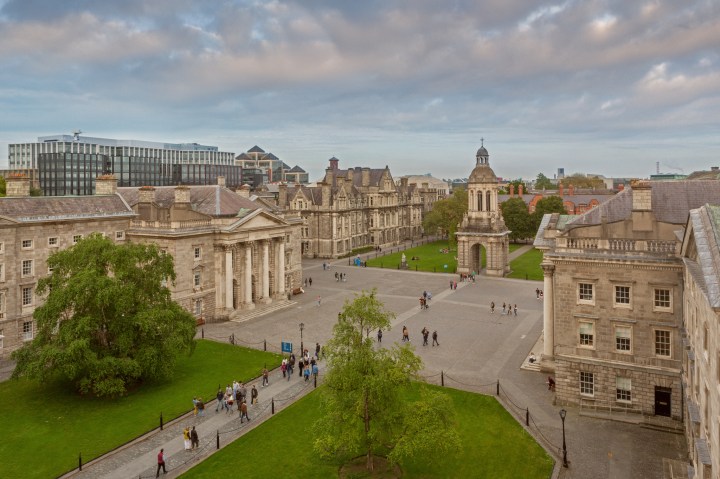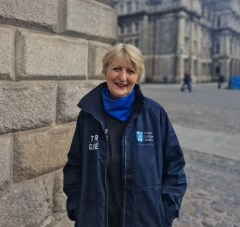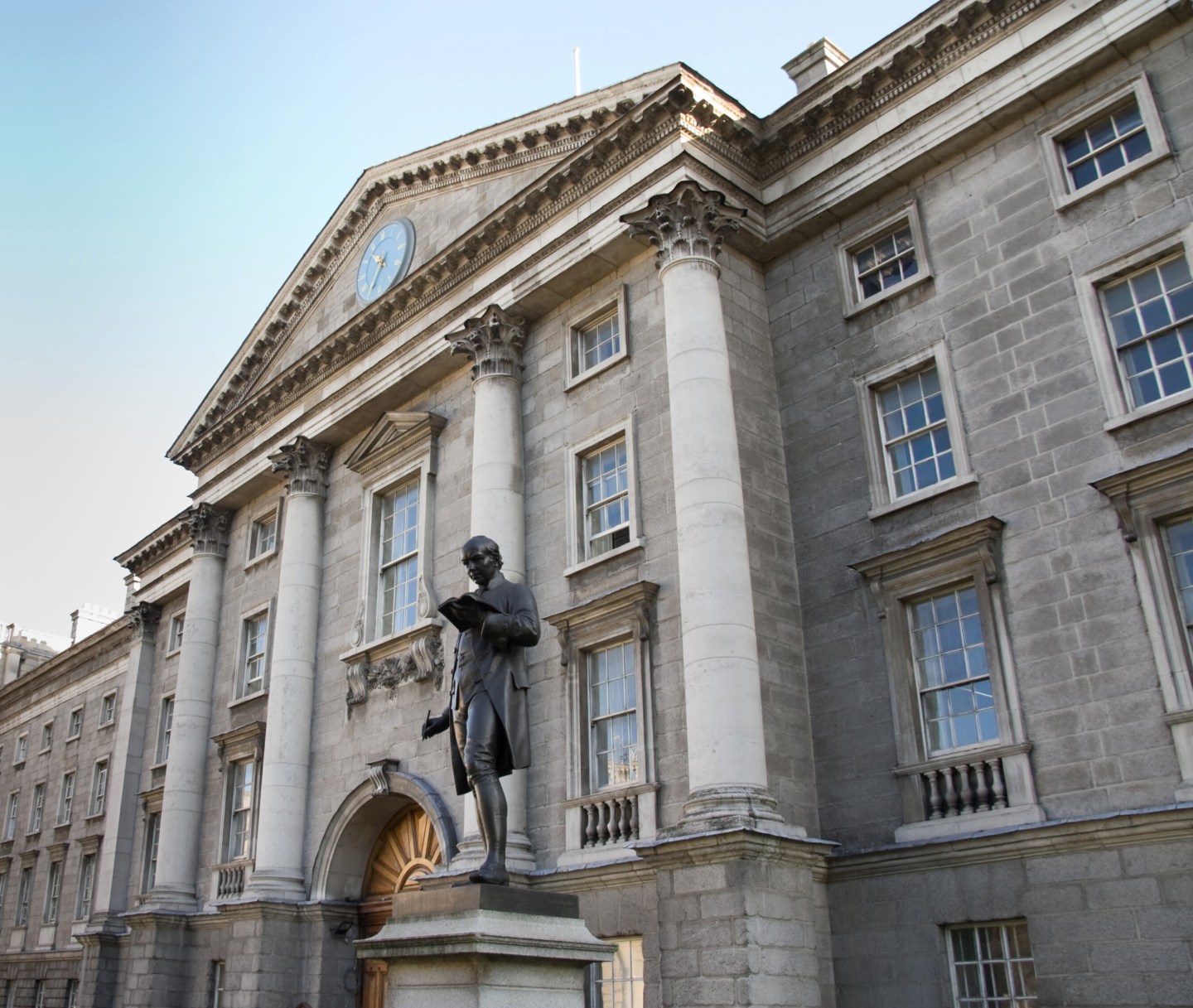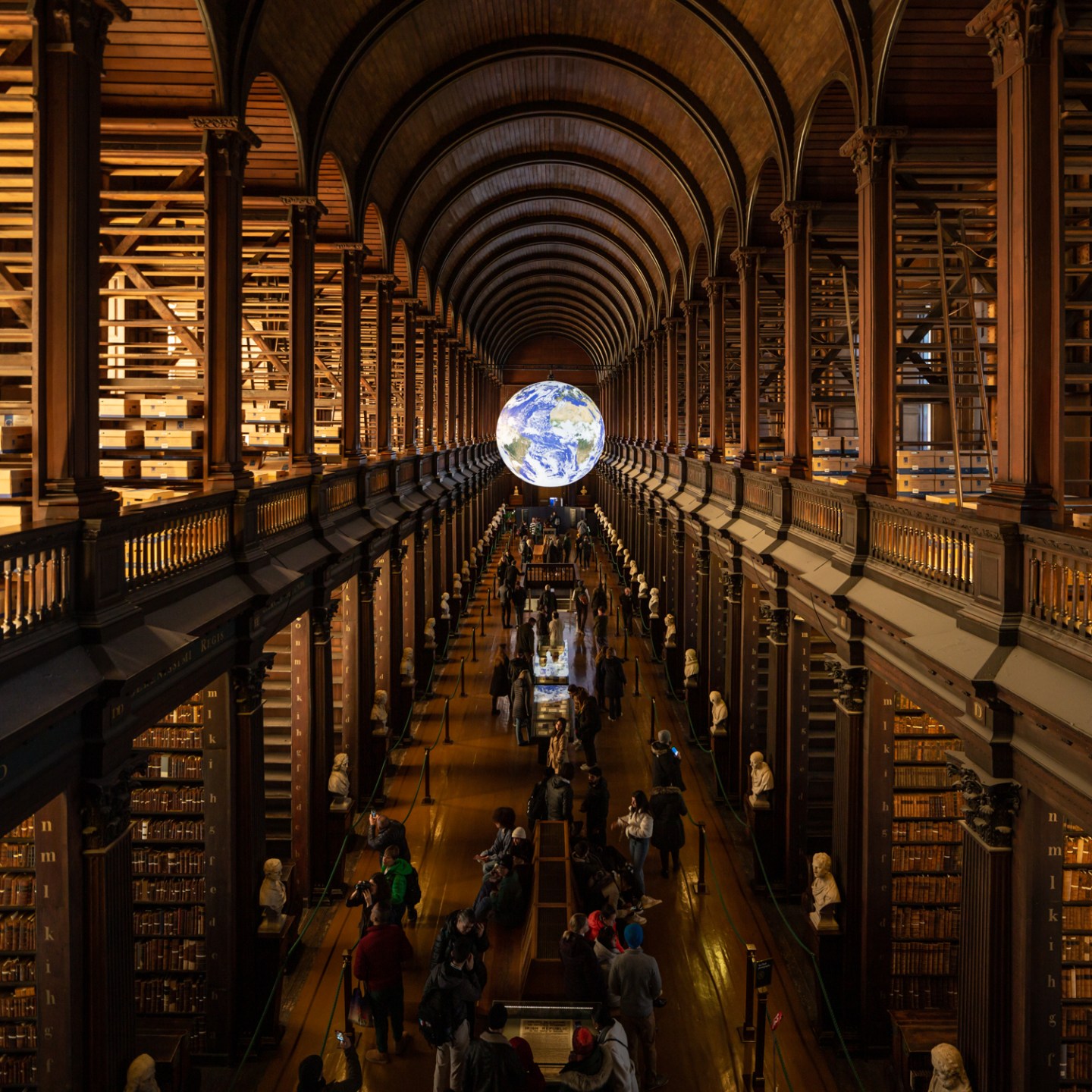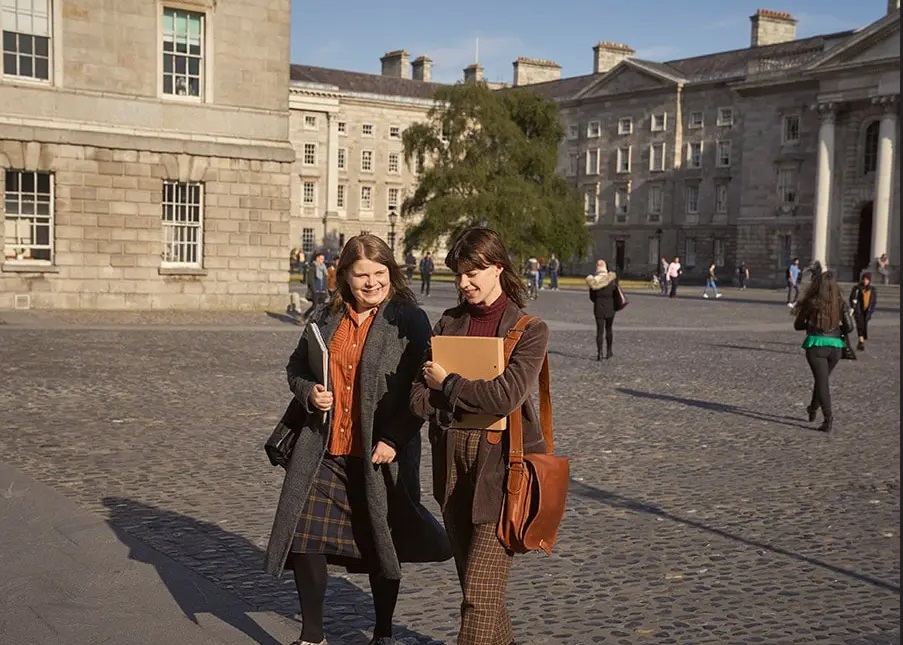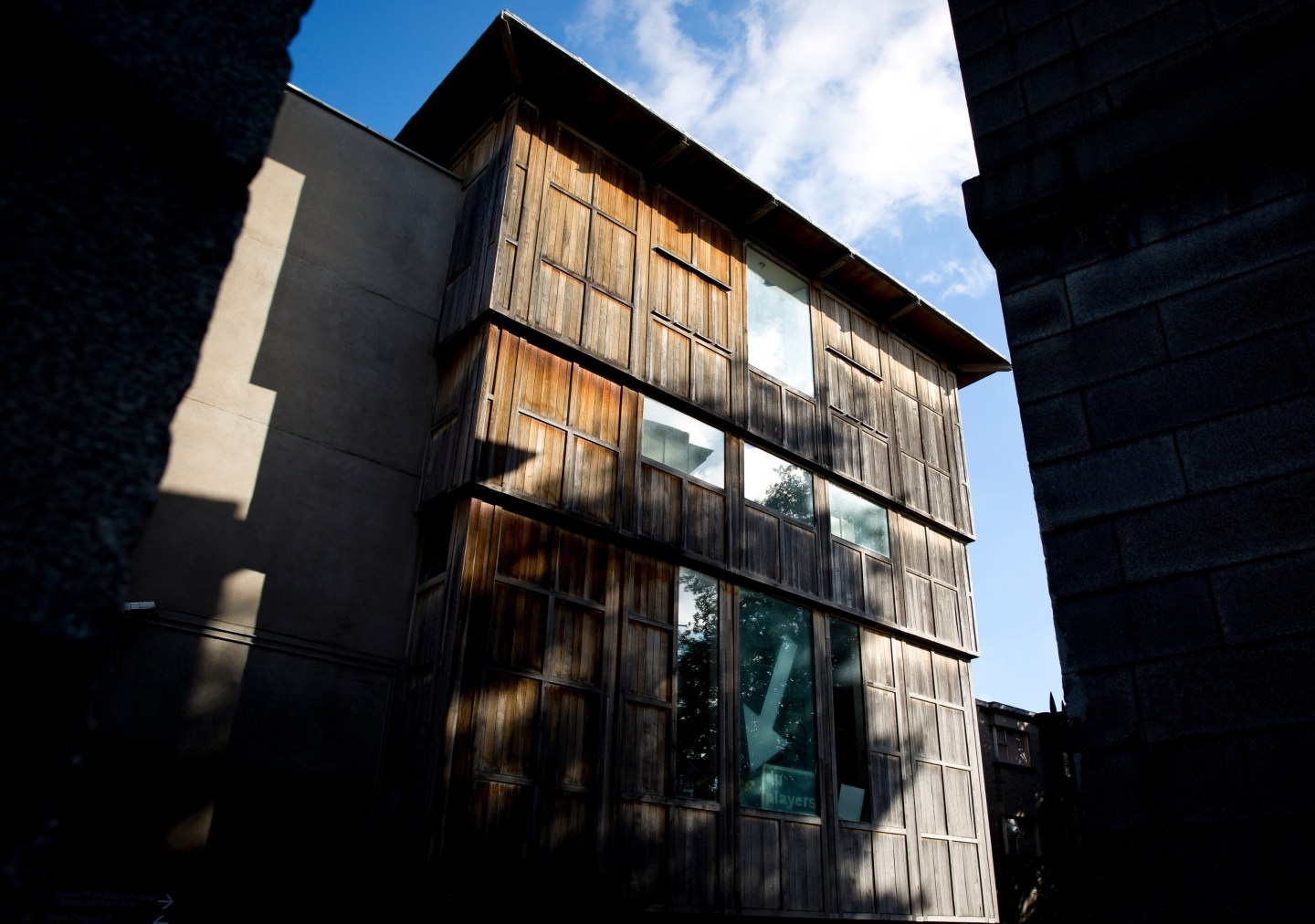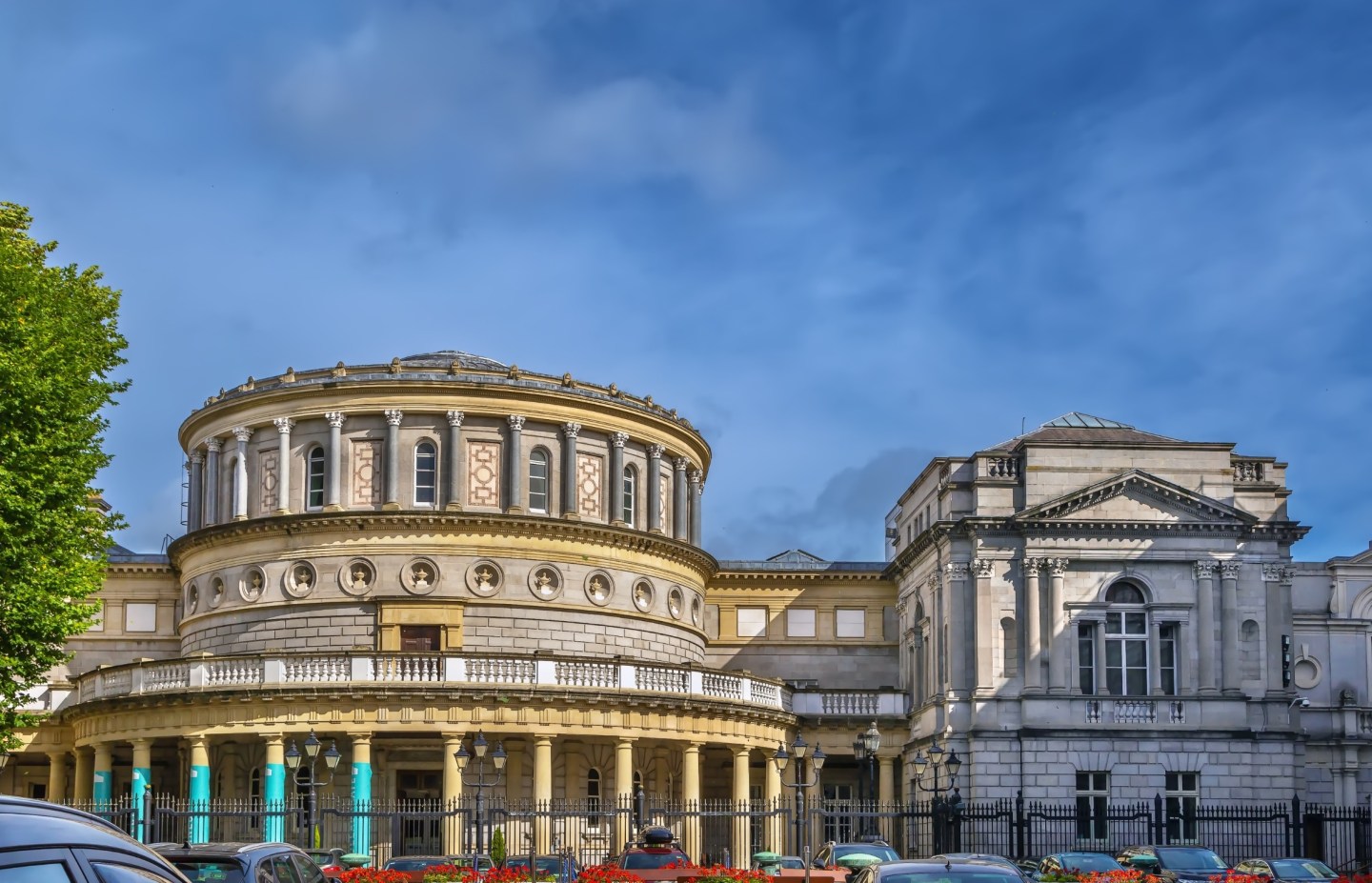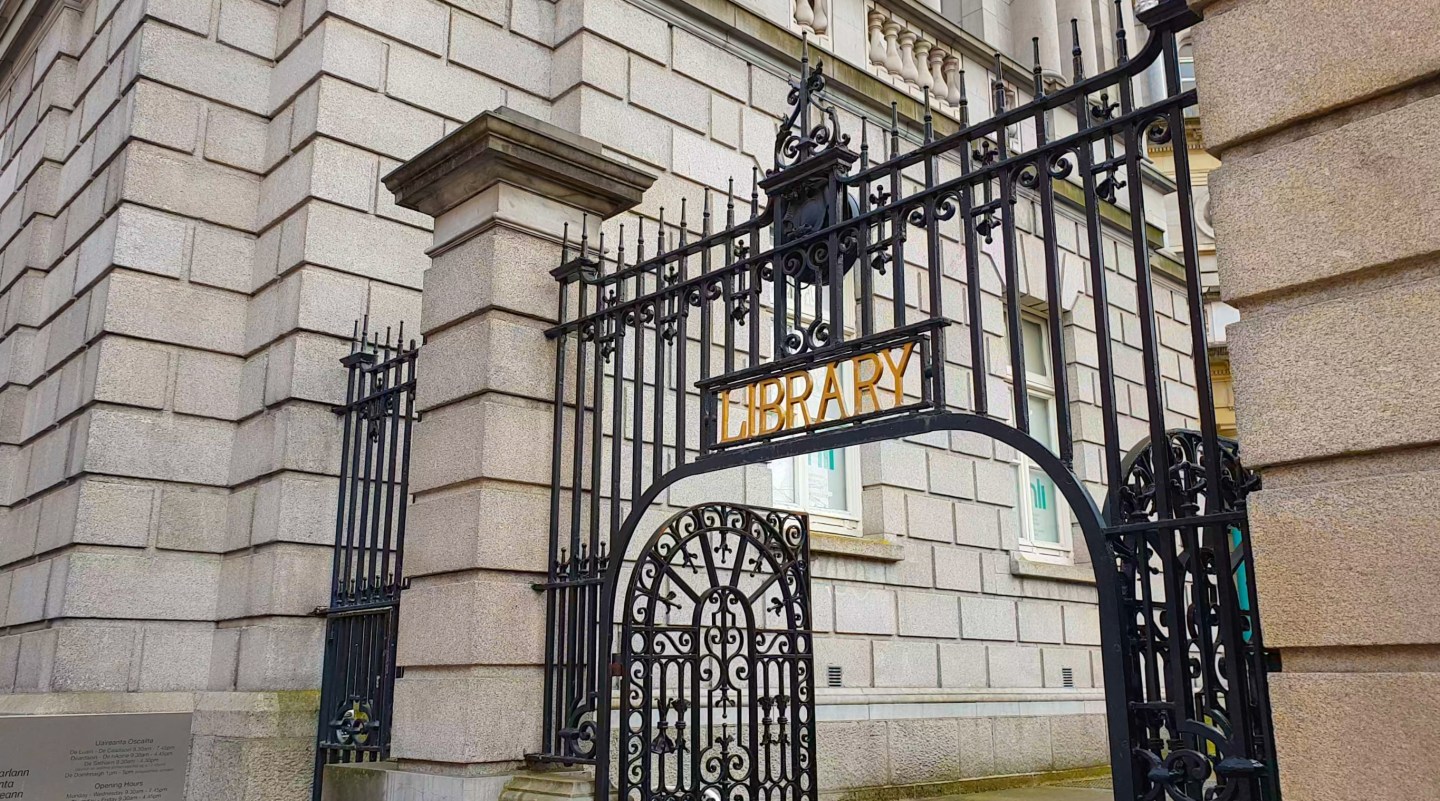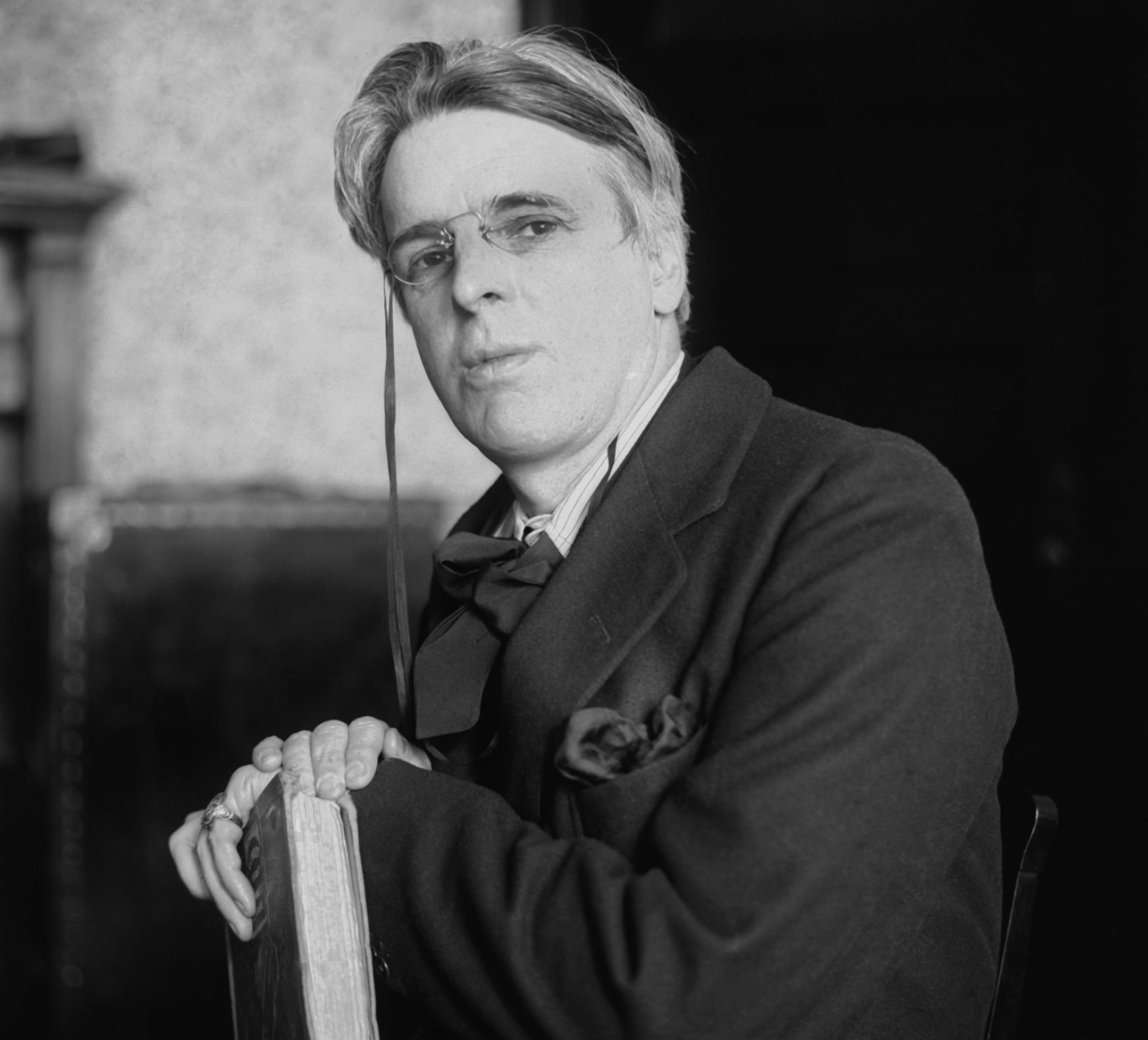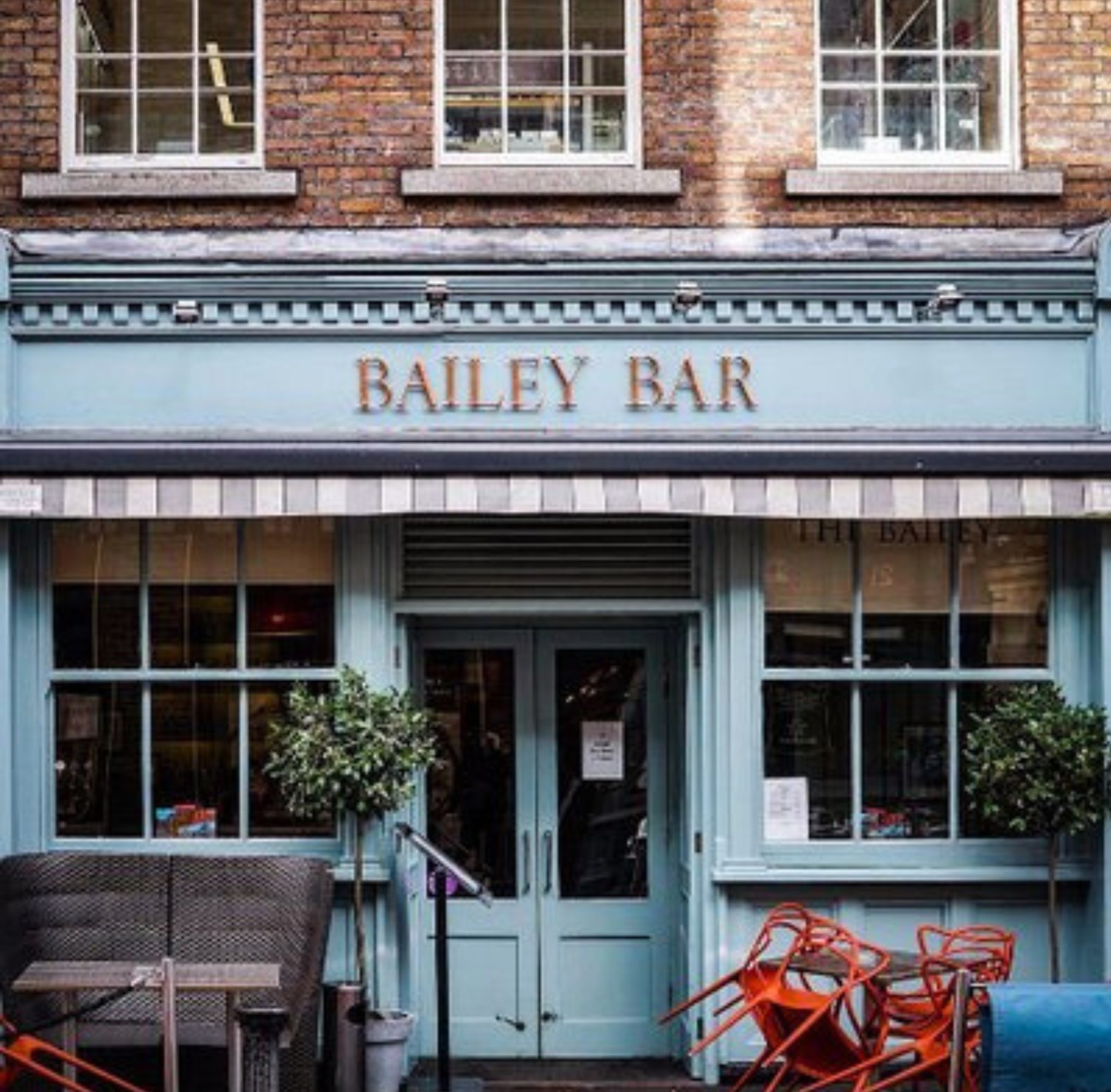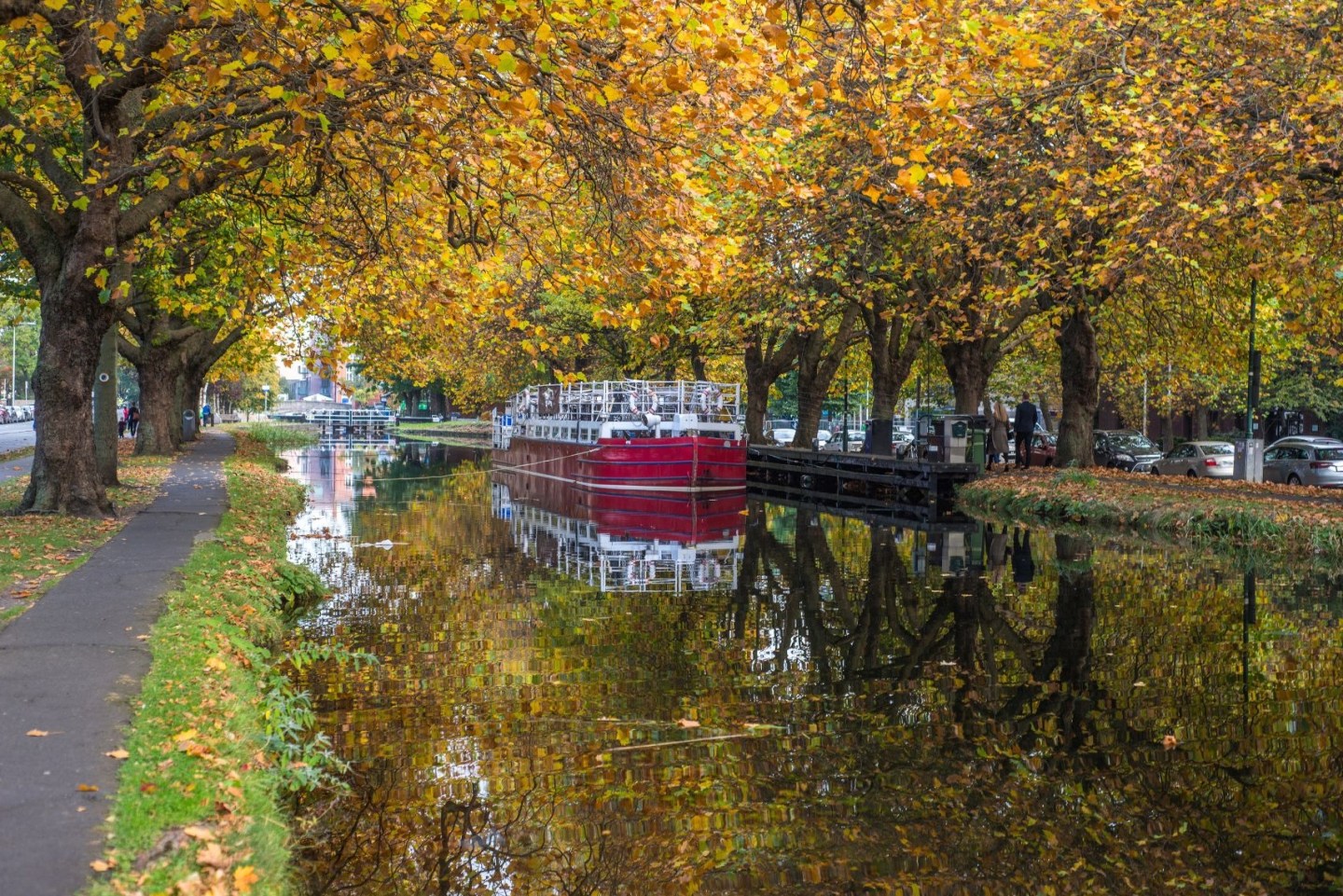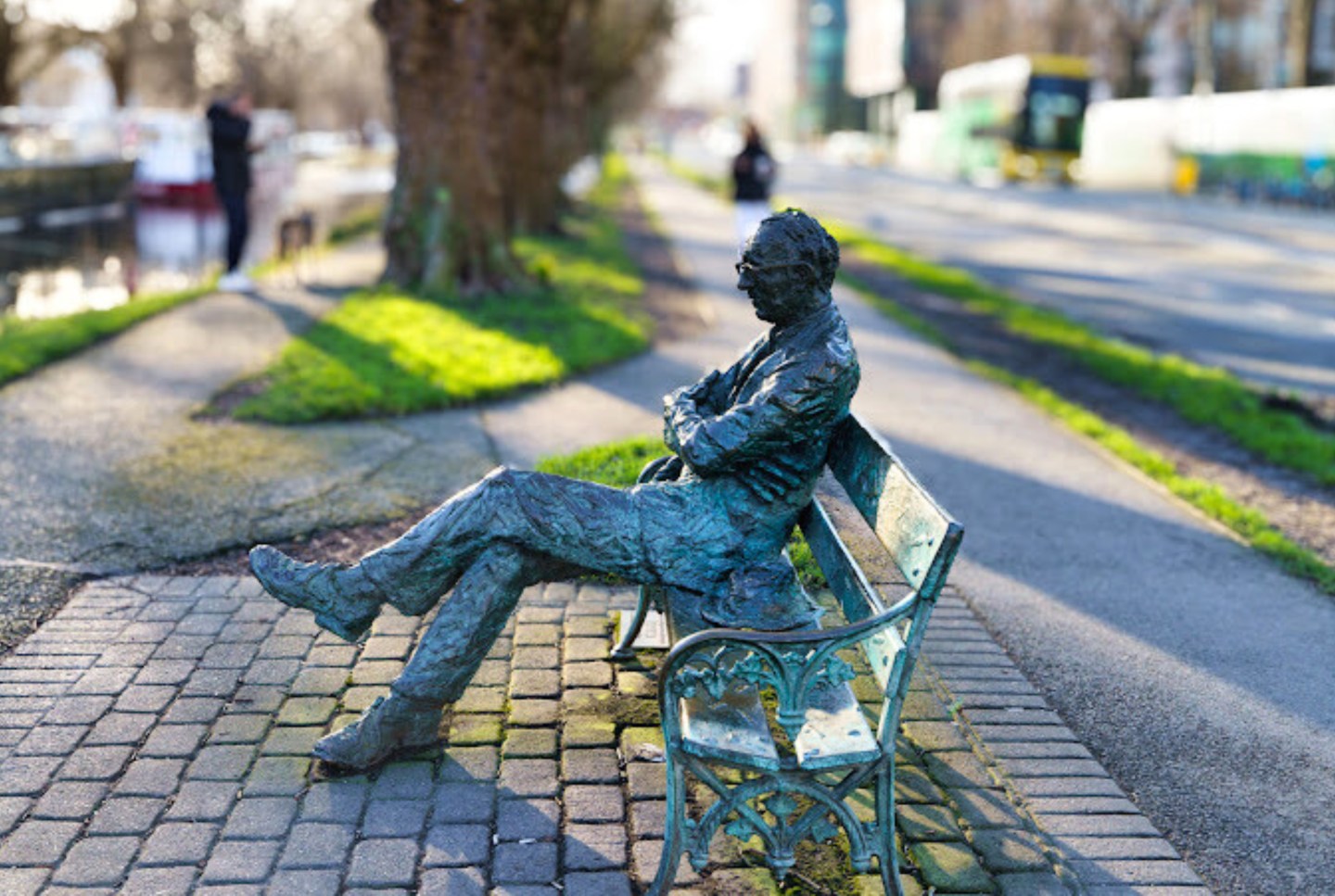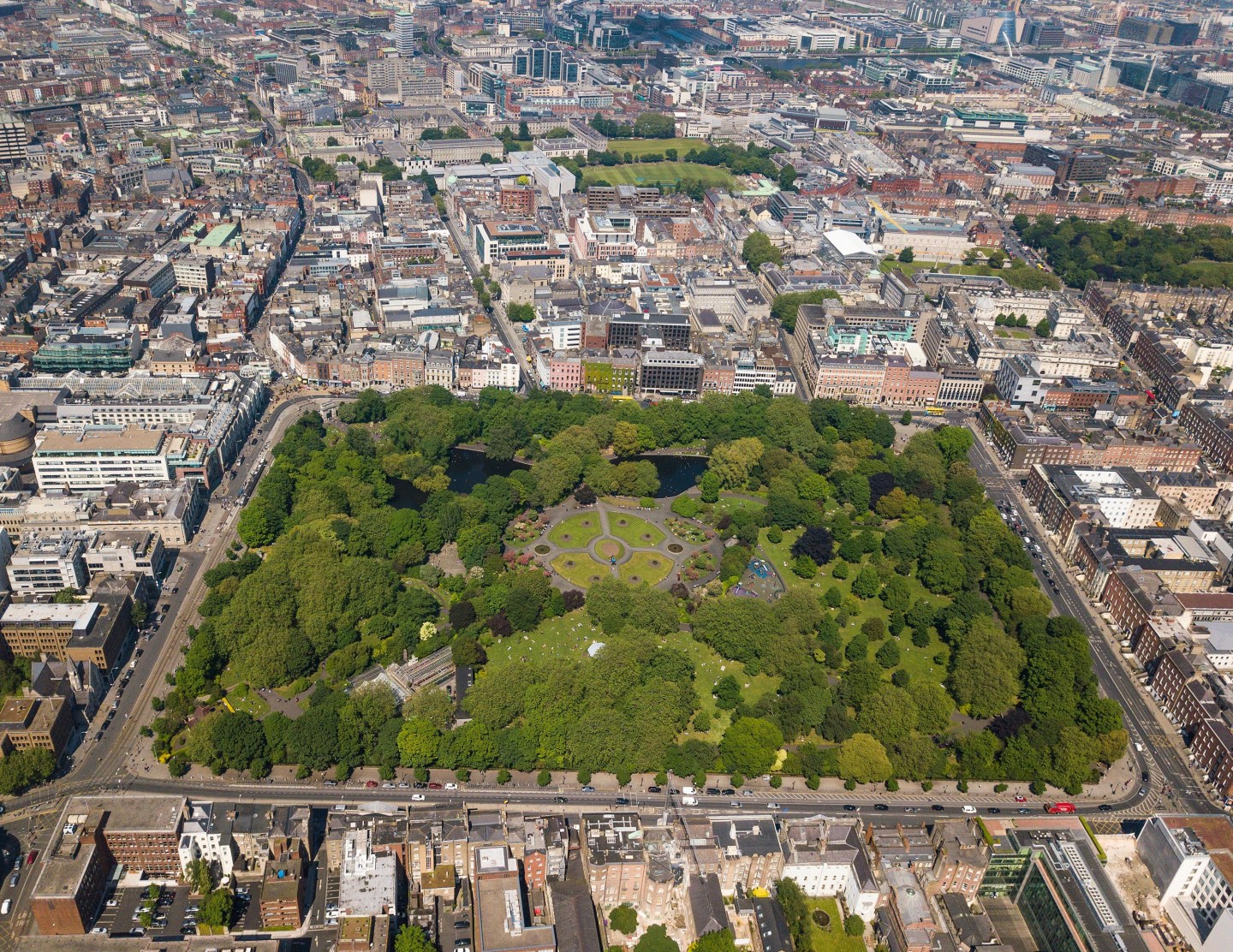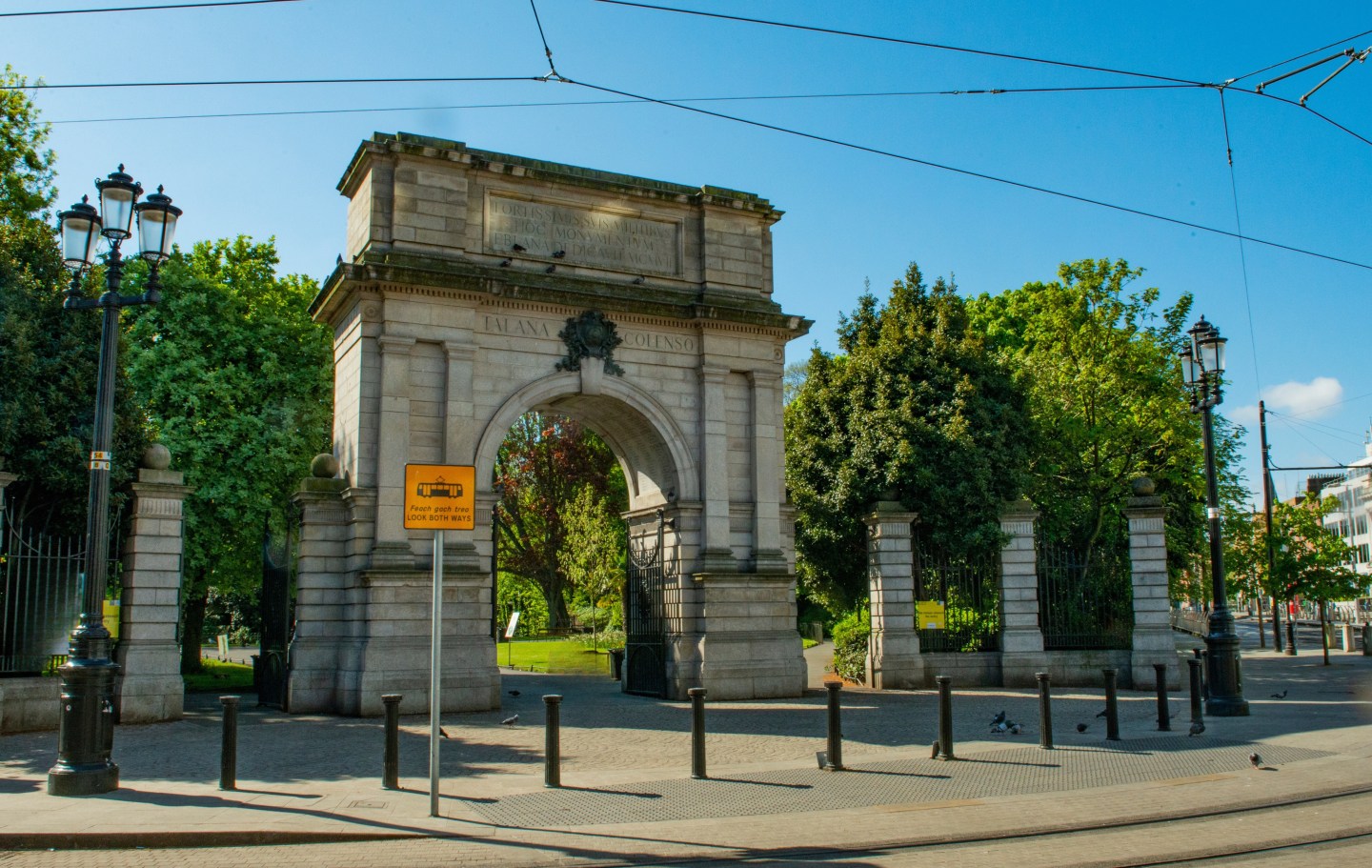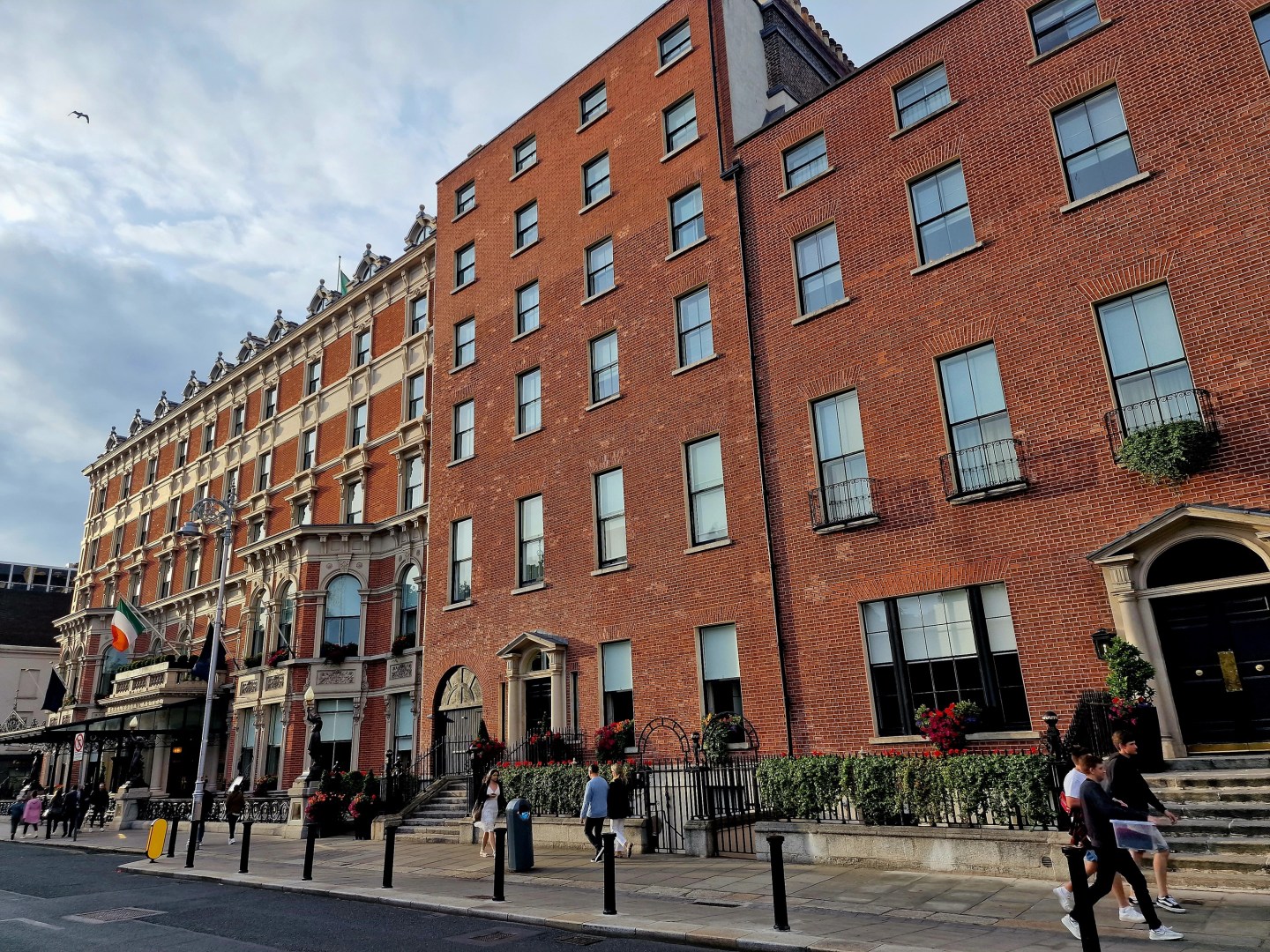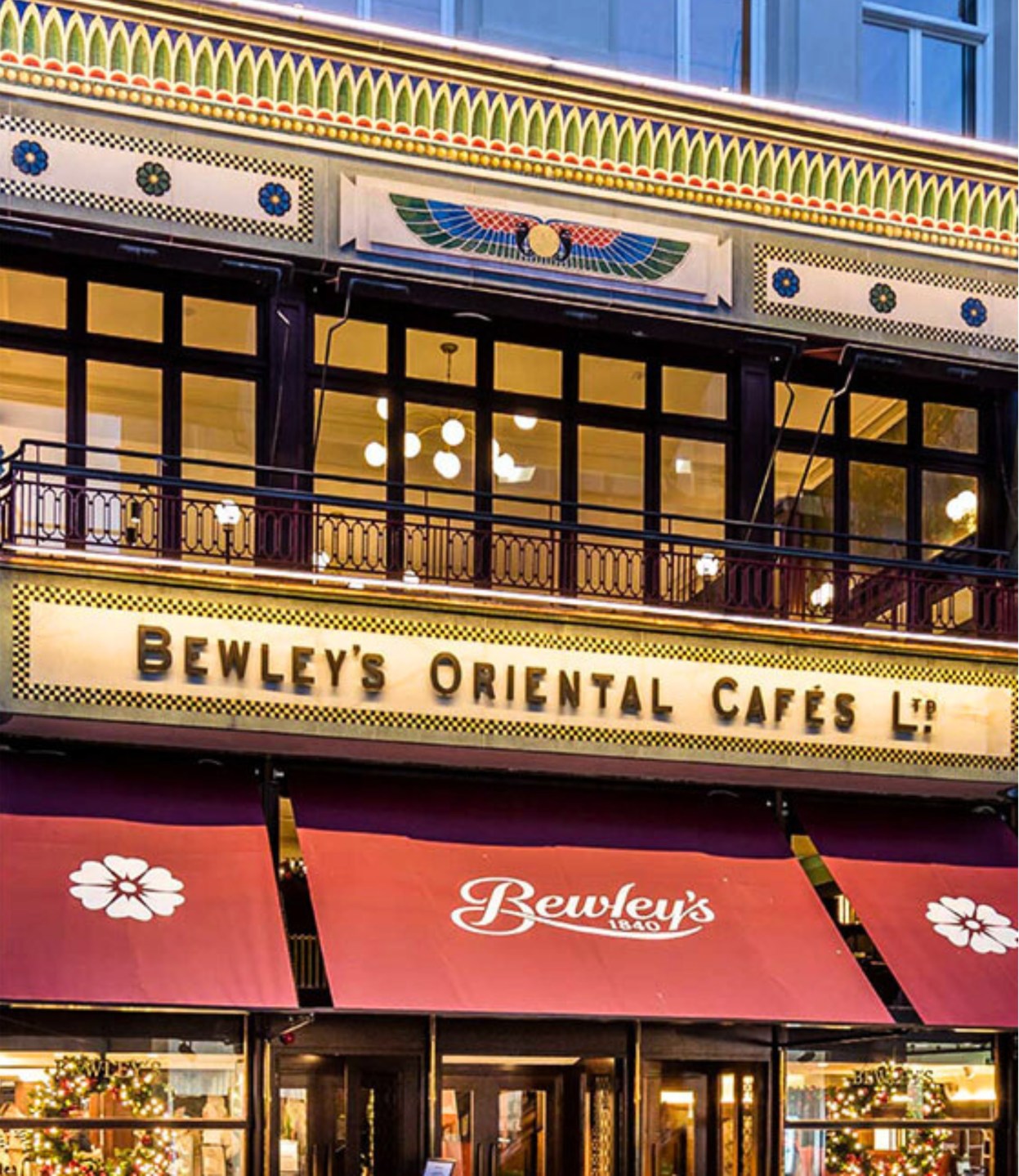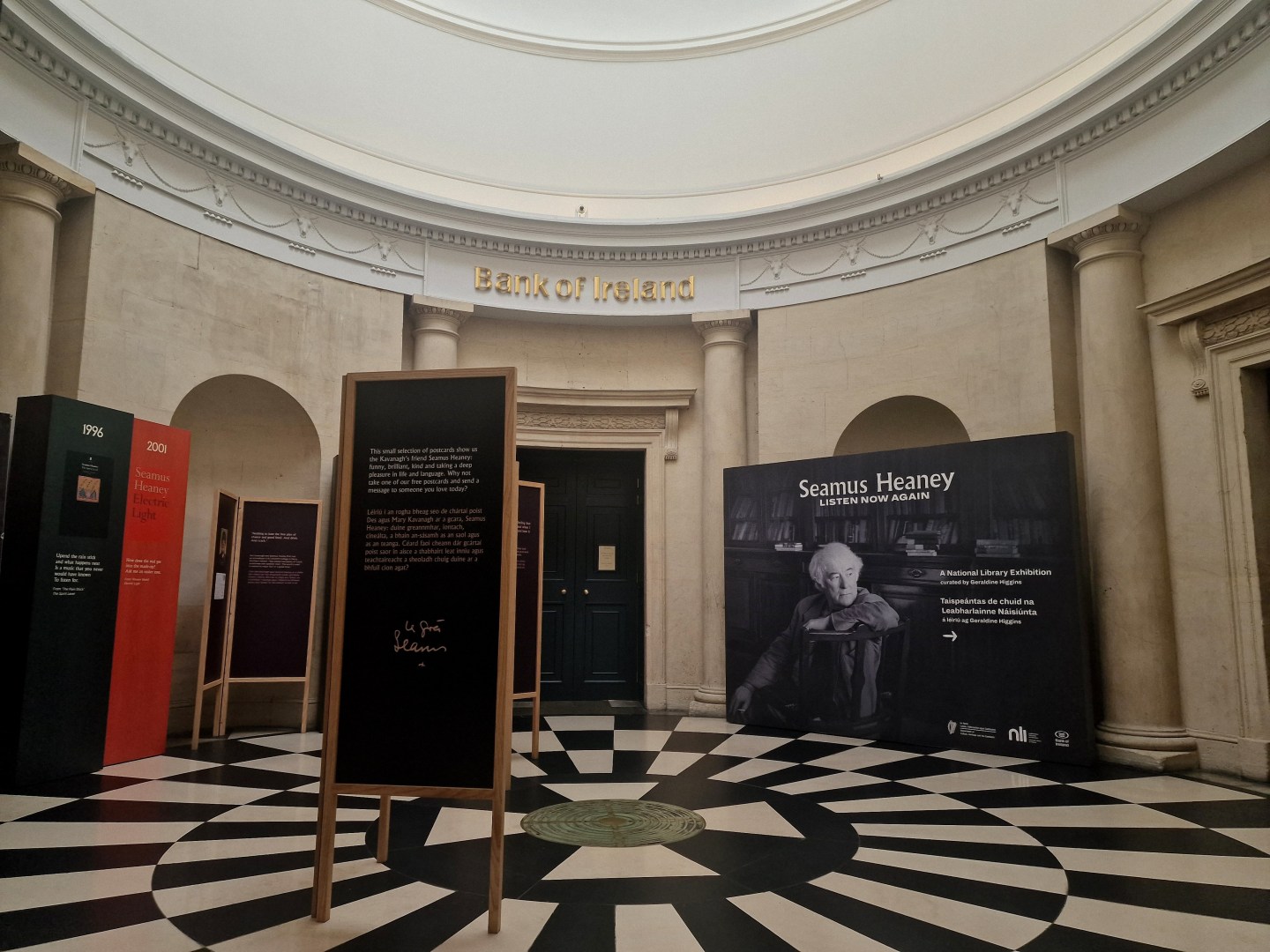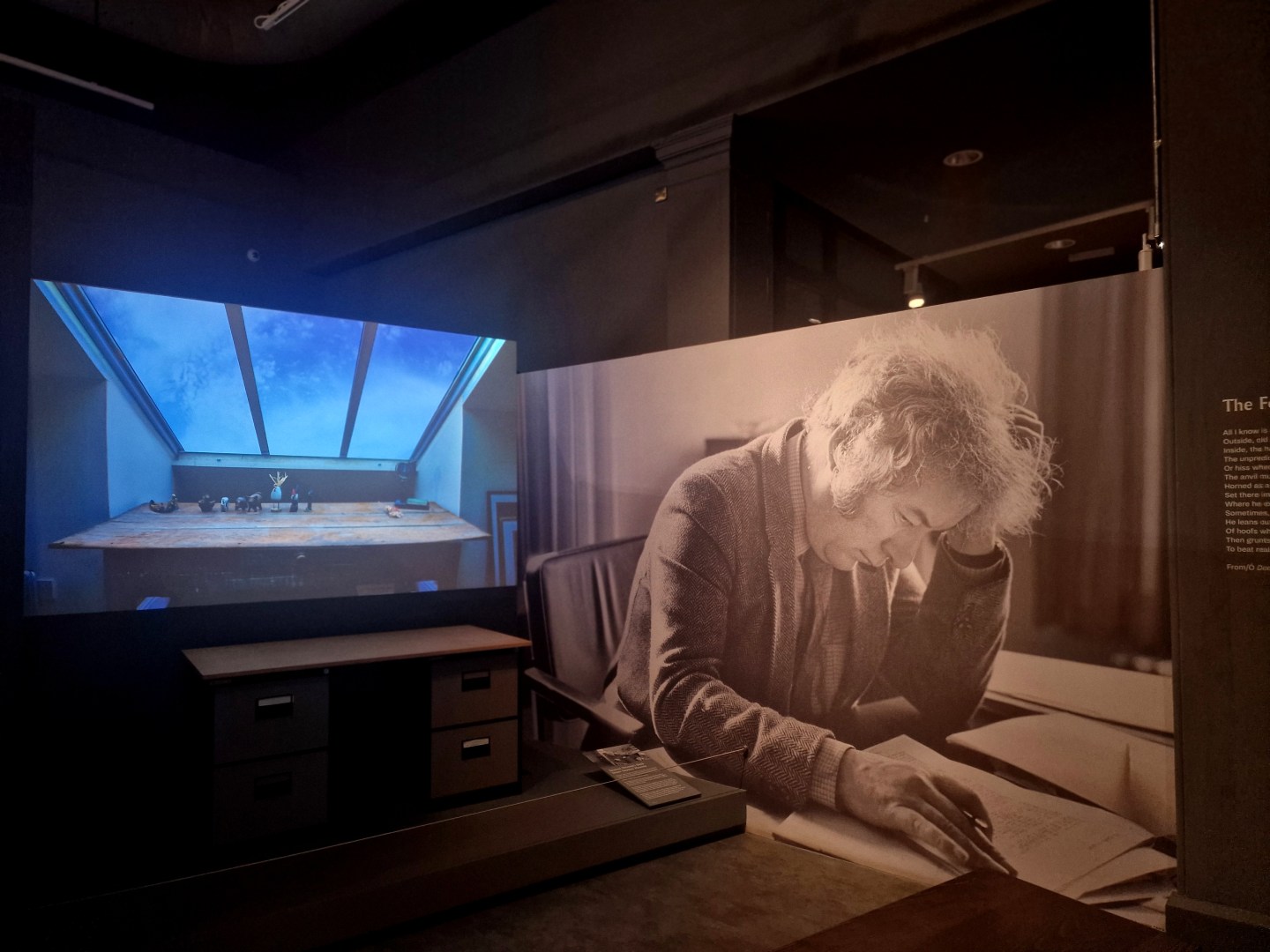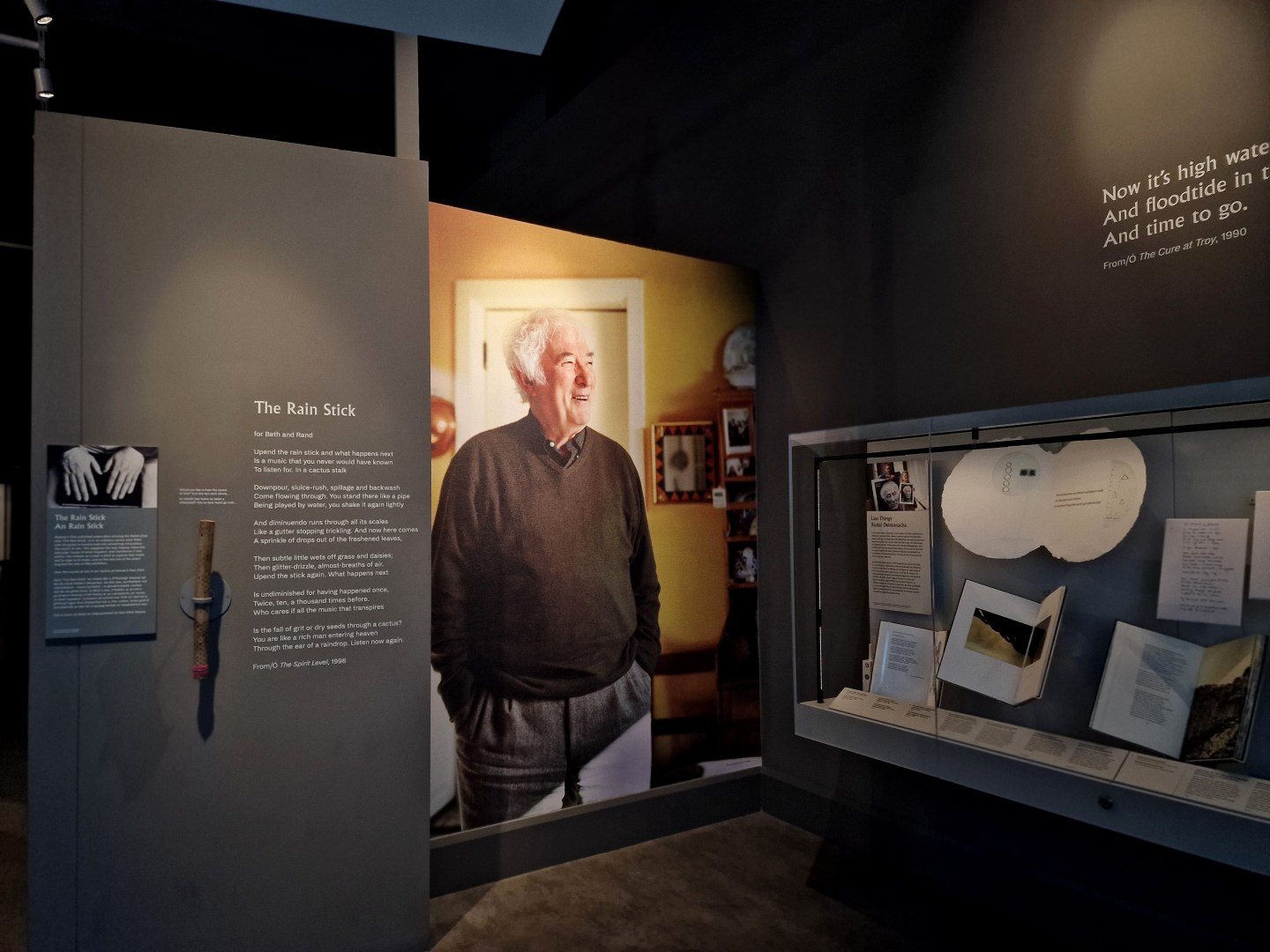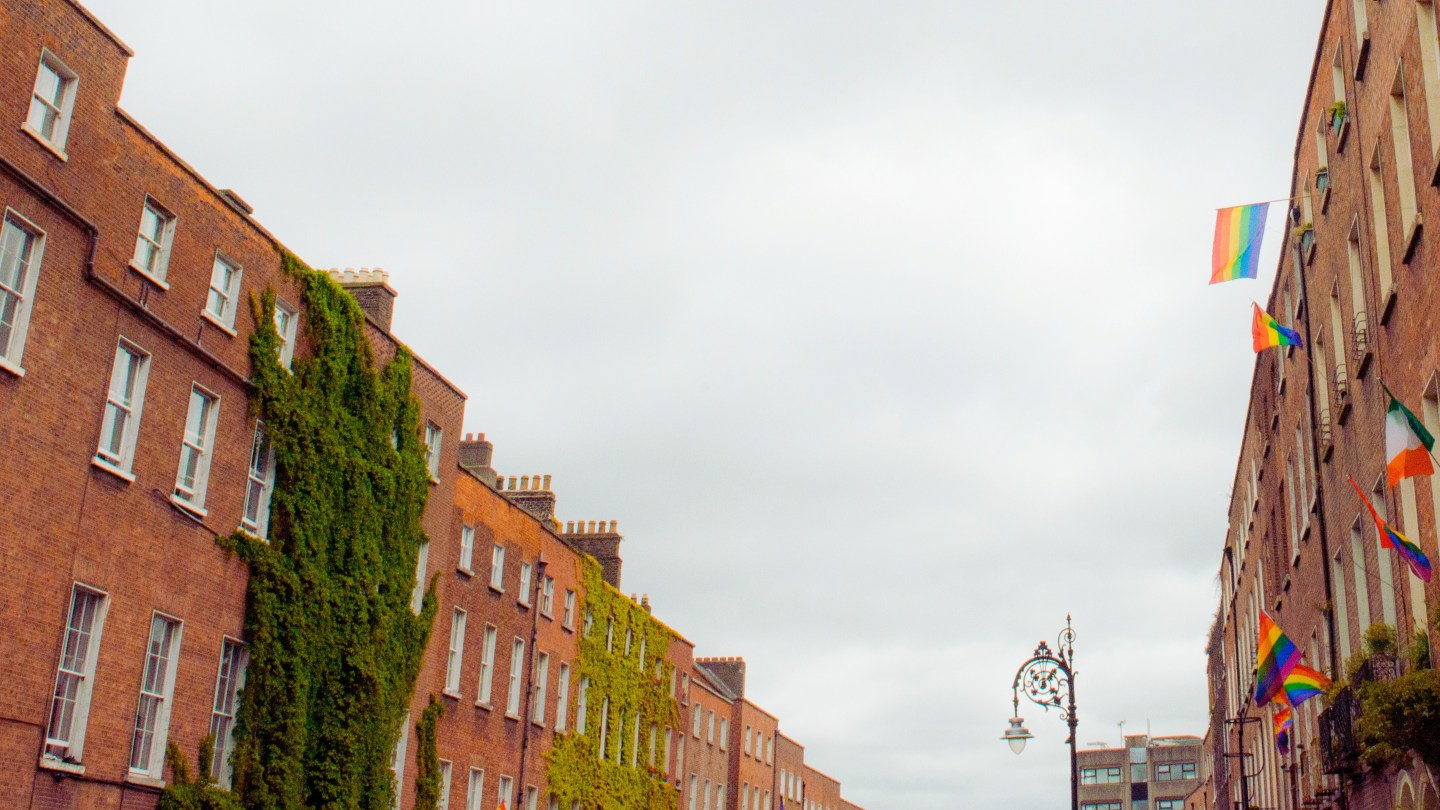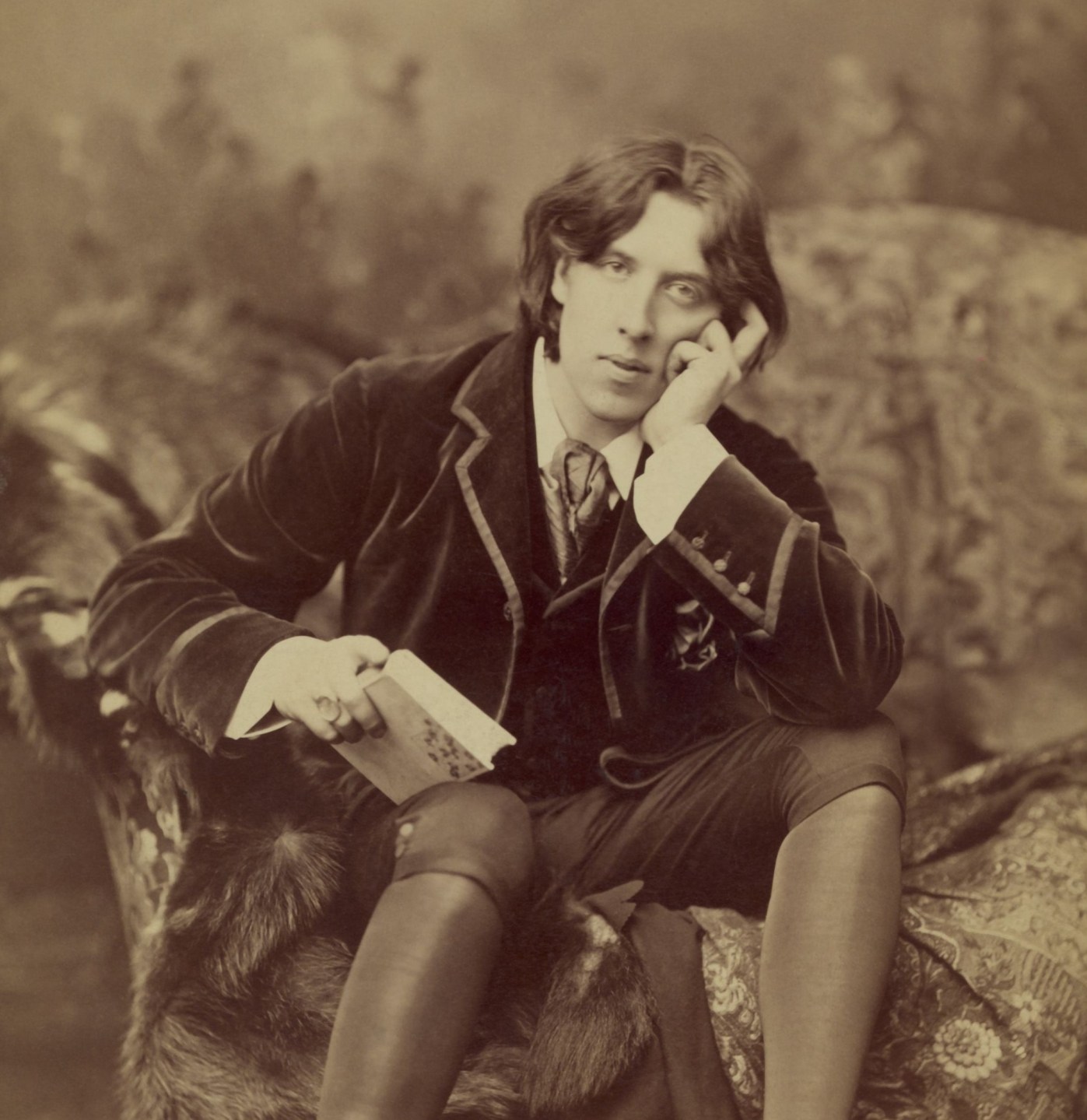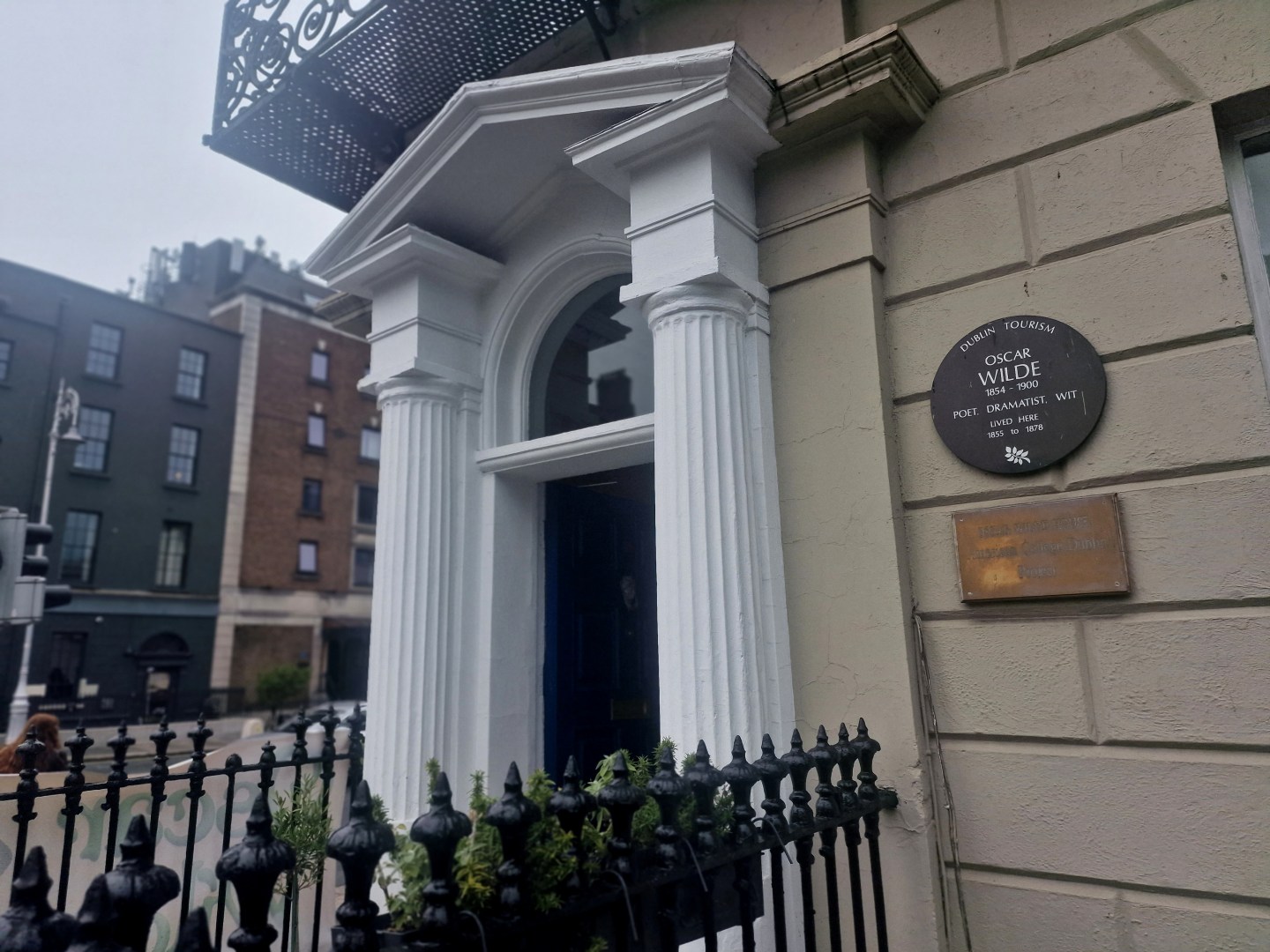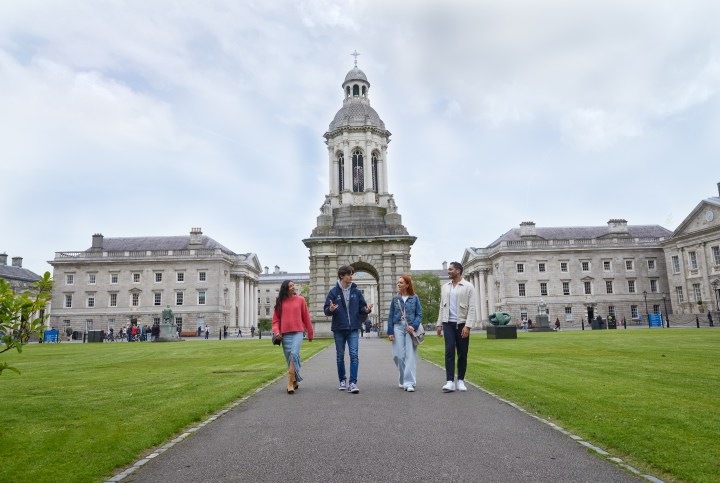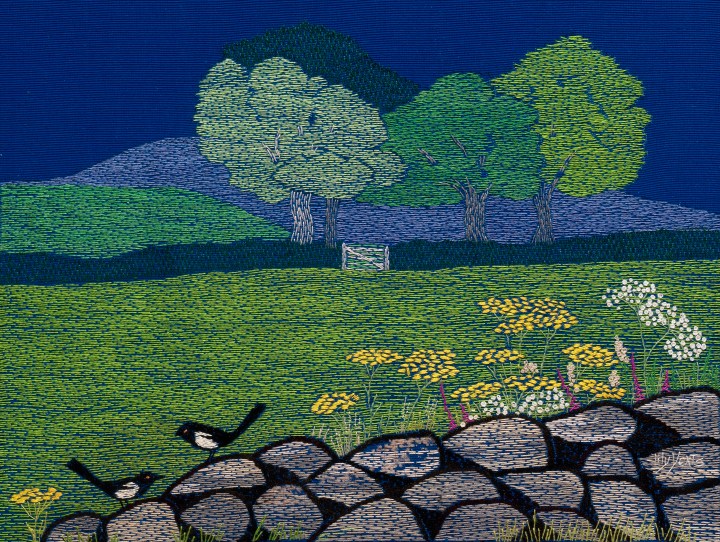Our final stop on this literary tour takes us to two significant locations associated with Oscar Wilde: the Oscar Wilde Centre on Westland Row and the Oscar Wilde House on Merrion Square.
It’s a brief, four-minute walk between these sites.
The Oscar Wilde Centre, located at a two-bay terraced house with four storeys, marks the birthplace of Oscar Wilde in 1854.
Outside, a marble plaque adorned with a laurel wreath bears Wilde’s birth and death dates, commemorating his legacy. You can also find the Oscar Wilde statue in Merrion Square.
Wilde spent two formative years at Trinity College studying Classics, where he possibly penned some of his most famous quotations, such as “I never travel anywhere without my diary” and “To love oneself is the beginning of a lifelong romance.”
Known for his love of flamboyance, while at Trinity, an easel displaying a half-finished butterfly painting stood prominently in his room at Botany Bay.
Today, the Oscar Wilde Centre on Westland Row is home to two postgraduate programs administered by Trinity College.
A short walk away, you can visit the Oscar Wilde House on Merrion Square.
This was Wilde’s childhood home and visitors can explore its historic rooms.
Wilde’s nursery, located on the top floor of this Georgian building, is now open to the public.
The first floor once hosted Wilde’s mother’s famous salons from 1859 to 1874, where Dublin’s intellectual elite, including Bram Stoker and John B. Yeats, gathered for lively discussions on poetry, art, and literature.
The original 250-year-old Irish oak floorboards, where these vibrant gatherings took place, continue to grace the building today, offering a glimpse into Dublin’s rich literary heritage.
Wrapping up the tour
As we conclude our full circle journey, reflect on the time, whether it took you a few hours, a day or a week, spent immersed in this enriching and inspiring experience.
For those who have completed every stop on this Dublin literary walking tour, I guarantee it has left a lasting impression. As a UNESCO City of Literature, there are interesting discoveries around every corner.
Did you know Joyce encountered Nora Barnacle on Westland Row, or that Daniel O’Connell, the great Liberator, frequented St. Andrew’s Church there?
There’s also a James Joyce statue to be found on North Earl Street, and by visiting the north inner city, visitors can appreciate the inspiration behind Joyce’s work, as it has inspired many Dublin writers.
Samuel Beckett once resided on the top floor of number 6 Clare Street, adding another layer to Dublin’s rich literary tapestry.
I hope you’ve gained a deeper appreciation for its literary history. Dublin’s literary richness remains vast, with many more layers awaiting discovery and exploration.
